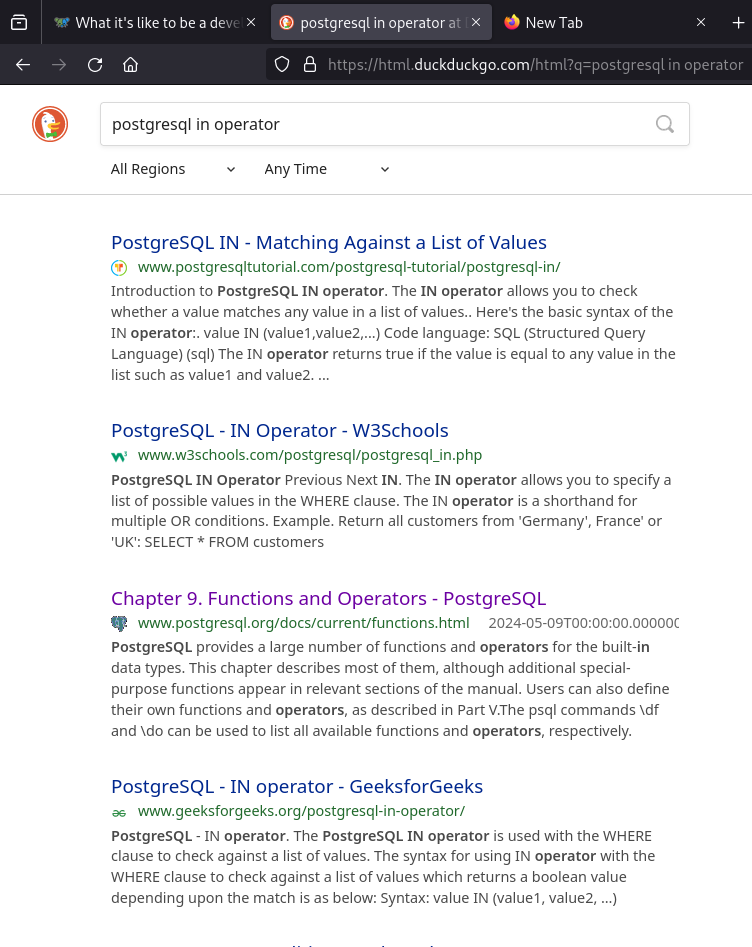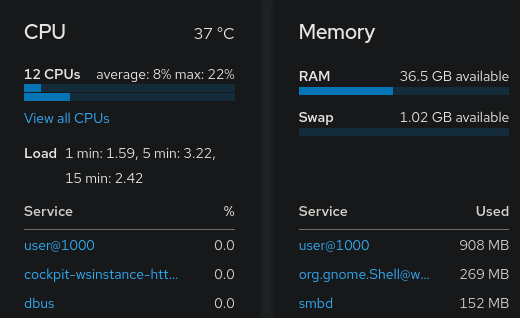

OpenWrt with 802.11r and 802.11s configured will work as a mesh network with roaming functionality.
https://openwrt.org/docs/guide-user/network/wifi/mesh/80211s
https://openwrt.org/docs/guide-user/network/wifi/roaming
Not many Ruckus devices that are supported though:
Brand - Model - Supported Version
Ruckus - ZF7025 - 23.05.2
Ruckus - ZF7321 - 23.05.2
Ruckus - ZF7341 - 23.05.2
Ruckus - ZF7343 - 23.05.2
Ruckus - ZF7351 - 23.05.2
Ruckus - ZF7352 - 23.05.2
Ruckus - ZF7363 - 23.05.2
Ruckus - ZF7372 - 23.05.2
https://openwrt.org/toh/start?toh.filter.supportedcurrentrel=22.03|23.05






Alternatively, you can create new users from the command line.
This can be done as follows:
If synapse was installed via pip, activate the virtualenv as follows (if Synapse was installed via a prebuilt package, register_new_matrix_user should already be on the search path):
cd ~/synapse
source env/bin/activate
synctl start # if not already running
Run the following command:
register_new_matrix_user -c homeserver.yaml
This will prompt you to add details for the new user, and will then connect to the running Synapse to create the new user. For example:
New user localpart: erikj
Password:
Confirm password:
Make admin [no]:
Success!
This process uses a setting registration_shared_secret, which is shared between Synapse itself and the register_new_matrix_user script.
It doesn’t matter what it is (a random value is generated by --generate-config), but it should be kept secret, as anyone with knowledge of it can register users, including admin accounts, on your server even if enable_registration is false.
https://element-hq.github.io/synapse/latest/setup/installation.html